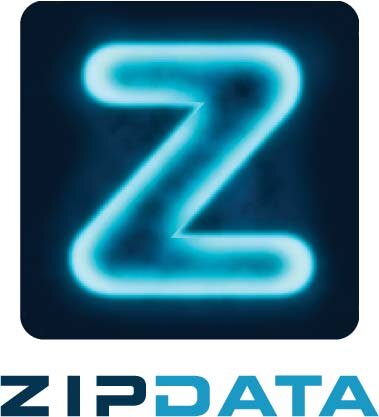EHR Use Hindered by Revenue Loss, Lack of Interoperability
August 31, 2015 - EHR use has been on the rise since the 2009 passing of the Health Information Technology for Economic and Clinical Health (HITECH) Act provided financial incentives for EHR implementation. However, do the gains of EHR adoption outweigh the substantial costs?
A recent study written by Tara O’Neill of the American Action Forum takes a look at these questions and states that although there are considerable benefits to EHR adoption, these come with costs that can only be resolved with changes in healthcare policy.
Since the passing of the HITECH Act, EHR adoption has risen to 76 percent, and over 468,000 Medicare and Medicaid providers have received some sort of subsidy from the Centers for Medicare & Medicaid (CMS) for reaching certain meaningful use standards. That totals to approximately $30.4 billion in subsidies, or $65,000 per provider.
Those subsidies are paid for a good reason—according to O’Neill, the total cost for an individual provider to adopt an EHR is $163,765, and for five providers $233,298. Unfortunately, many adopters have yet to see the payoff for this investment, O’Neill writes. However, O’Neill cites a study by David Dranove, et al, which states that providers with a strong IT system may see larger payoffs come into effect in as soon as three years following the EHR adoption process.
Dig Deeper
“...in IT-intensive areas, hospitals with basic EMR systems saw cost decreases of 3.4 percent three years after adoption,” she writes. “As the number of workers in IT-related jobs continues to increase and EMR technology is adapted and improved, all areas may begin to see cost decreases.”
O’Neill also states that the lack of interoperability is hindering the productivity rates of EHRs. Because many systems do not do well with exchanging information between different hospitals, EHRs are being primarily used as tools within a specific healthcare facility. However, meaningful use standards are aiming to change this and to increase interoperability and health information exchange (HIE).
And while some of this lack of data exchange may be a result of the high cost of EHR adoption, O’Neill suggests that this may also be intentional “data blocking.” This is because providers and payers are reluctant to share with other providers important patient information that would help the other providers treat the patient.
“Essentially, under the current payment models, one person’s revenue gain is another person’s revenue loss,” she writes. “Thus, it will likely require a complicated policy solution in order to bring all of the players together for the benefit of society as a whole.”
As more healthcare organizations begin to adopt EHRs, patients are seeing more electronic files being created on their behalf. This poses as serious security risk, O’Neill says, one that can be very costly.
“The average cost of data breaches in the health care industry has been more volatile and has increased sharply in the last two years,” O’Neill writes. “The average cost of a data breach in the U.S. in 2014 was $217 per compromised record, compared to $398 in the health care industry.”
Additionally, data breaches are becoming increasingly expansive. Compared to 2014, the total number of records compromised per breach increased by 160 percent in 2015. This means that although there have been fewer breaches to date in 2015 than in 2014, the overall costs of data breaches is significantly higher.
O’Neill states that this may be an effect on the increased overall number of EHRs.
“With the growing number of electronic records and increased sharing among providers, the number of records potentially accessed in a single incident is growing exponentially,” she writes.
O’Neill recognizes the benefits EHRs could have on the healthcare industry, citing improvements in population health management and care coordination. However, she states that in order to see those gains, policymakers and healthcare professionals alike will have to cooperate and rework legislation to make EHR use more effective.
“As EMR adoption continues to increase along with the type of information gathered, policymakers should work with experts and the public to ensure that the appropriate balance is struck between sharing information to allow advancements and providing necessary privacy protections,” she writes.

